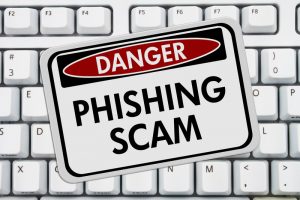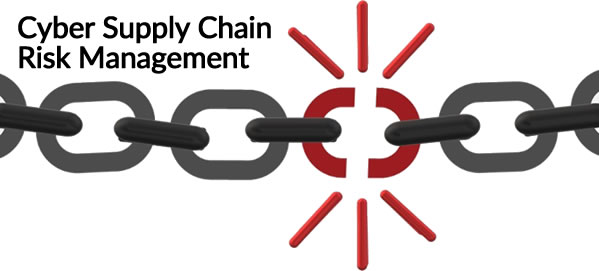PAKISTAN PRIME MINISTER ORDERS REMOVAL OF BLASPHEMOUS CONTENT FROM SOCIAL MEDIA
March 14, 2017Facebook Is Helping Pakistan Ban “Blasphemous Material” Under Islamic Law
March 14, 2017
What is a phishing scam ?
The name “phishing” begin from attackers’ use of bogus emails and URLs to “attract” victims into giving personal data, typically through social engineering (a method used by hackers to deceive and influence users into trusting them).
Like a fisherman who uses small insects to lure fish, similarly criminals use dozens of fake digital assets to steal user’s login details, credit card numbers, and just about anything else that can be typed into a keyboard. And it’s not only Emails—today’s innovative phishing attacks can come from various sources, such as smart phone apps and phone calls.
Take the latest W-2 form attacks that are in headlines everywhere this tax period, or the phishing scam disturbing Gmail users. Google was needed to release a patch within Chrome to fix the issue, but the scam was quite simple – just an email linking to a password reset page similar to the one used by Google. Who wouldn’t get fooled of that?
Phishing scams don’t need a lot of effort from hackers or cyber-criminals, and yet, they carry on to work. As a matter of fact, this method of cyber attack has been about since the beginning of the internet, with the initial example of phishing attacks dating back to the dial-up days of AOL. Fast forward to current day and phishing scams still stay one of the go-to attack vectors for cyber-criminals all over the world. But before we talk about how to fight back against these phishing attacks, let’s first know what a phishing scam is exactly.
How do Phishing Scams work?
The way phishing scams operate is quite straightforward. Once a target has fallen for the trick and accidentally entered their personal details within a bogus website or as a reply to an email, the attacker then uses that data for personal gain. Damages can include clearing bank money, ransomware infection, identity theft, and/or personal data being sold on the Dark Web to the maximum bidder.
With that much data at stake, it’s important to learn what the current and common phishing scams are that you require to keep an eye out for.
3 Phishing scams watch out for ?
Mobile Phishing– More and more phishing attackers are shifting their focus towards targeting users via their mobile phones, since mobile applications have become easy source for attack. It’s simple, really—unsuspecting users just install fake applications attached with malware, and hackers then actively cease personal data and lure users into divulging passwords. So, make sure you save yourself by always going through the app reviews before installation, keep security settings always on into high standard, and consider adopting proper, mobile security software immediately—like McAfee Security software. For any issues regarding installation and configuration, simply contact McAfee Tech Support toll free number. The technicians are always present to fix the issues on priority basis.
Cloud Storage Phishing– The cloud service provider firms like Amazon, Dropbox and Google, have recently become the victim of phishing attackers. Basically, the phishing hackers send victims files asking that the user log-in to their cloud provider via a dummy portal, stealing private log-in details in the process. And since so many of us trust the cloud with our personal data, make sure you stay attentive when an unknown file comes through.
Email Phishing– The Email phishing scams are a cyber-criminal’s bread and butter. And this method works on almost everyone. From business people, to internet surfers at home, anyone who clicks an unknown email and trusts its file is unsafe to this classic treatment. So how do you distinguish a real email and a phishing scam? The best way to stay protected is by staying knowledgeable on the signs, and by being doubtful. Make sure you verify the URL for authenticity.
Hang around over the link to check if it is fake, and if it seems remotely sketchy, don’t click. As well as, stay up to date on cyber security news to be in touch with the latest kind of phishing emails coming to inboxes. And most prominently, keep in mind – if you don’t know the sender; on the side of caution before you share your private data with them.
If you think that you have been victim of Phishing scam and need help please contact our team of cyber security consultants to help you.





1 Comment
[…] Many frauds start with a phishing email. Remember that banks and financial institutions will not send you an email asking you to click on a […]